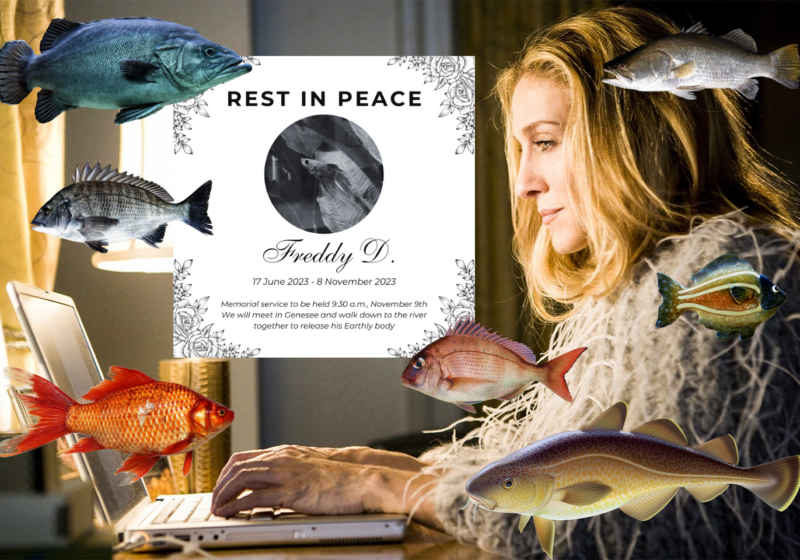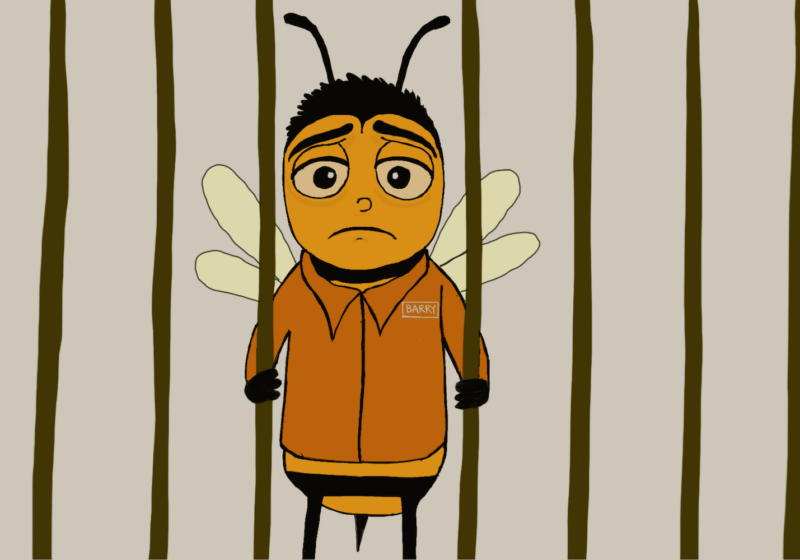Panic! At the Disco, or more aptly put, Brendon Urie, has released a new album, Viva Las Vengeance. The album, a play on the term “Viva Las Vegas,” pays homage to and draws influence from classic rock at its peak. Production-wise, Urie even went as far as recording the album live onto an eight-track tape machine to capture this retro vibe. But for the average listener, it’s going to take a lot more than just nostalgia to make this album truly great.
Compositionally, Panic! makes use of a variety of styles and influences which leave each song with its own unique feeling. They also include a blend of classic rock characteristics and pop punk influences, giving the album a true Panic! At the Disco feel. However, some of the songs from the album lack originality and the lyrics — which don’t have to be earth-shatteringly poetic, given Panic!’s mainstream appeal — often leave more to be desired.
Despite this criticism, Viva Las Vengeance has managed to produce some sing-along worthy tracks that stand out from the rest. “Don’t Let the Light Go Out,” the final single released before the album, is the biggest stand-out track of the album, with Urie’s charismatic VMA performance proving the album most effective when performed live due to his incredible stage presence and impeccable live vocals. In addition, “Local God” and “Sad Clown” are honorable mentions which give the album some much-needed footing in the pop culture arena. Save for these stand-out tracks, the album’s songs feel forgettable, but could become more impactful once Urie takes the album on tour.




